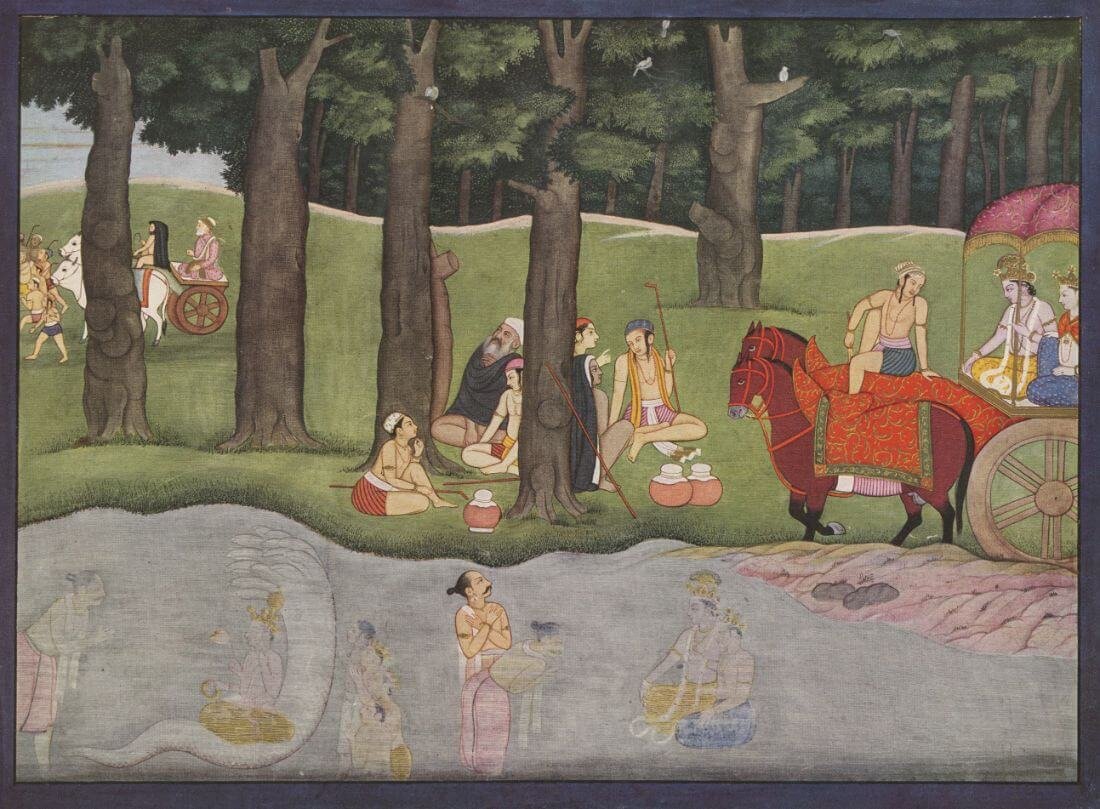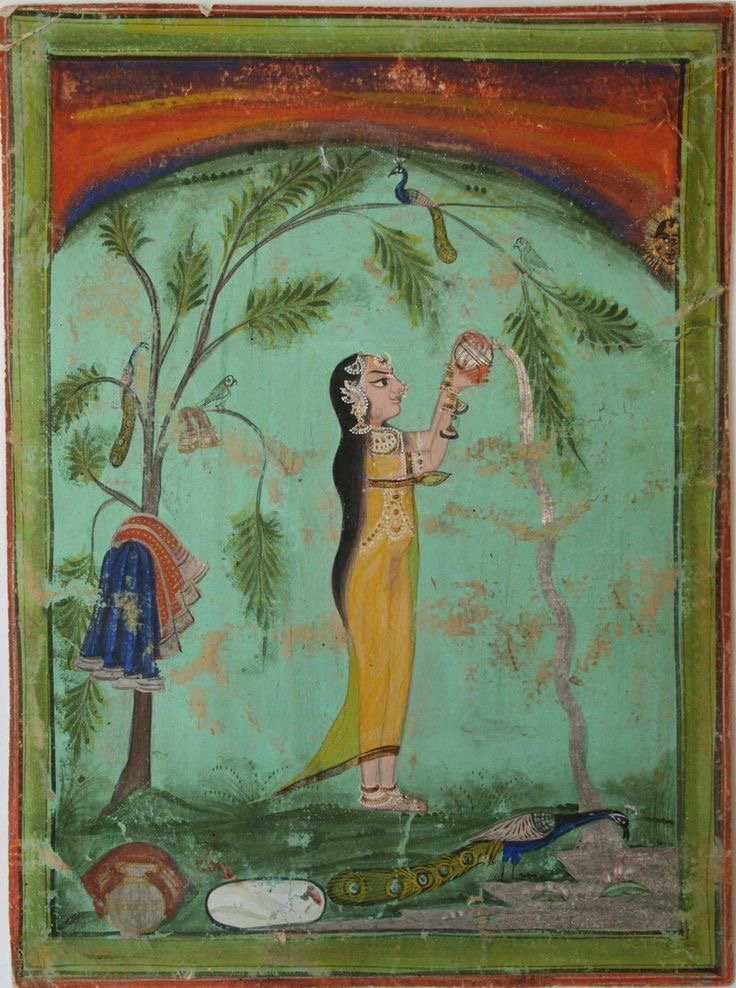PRITṚU PAKSHẠ
पितृ पक्ष
Artwork: Pinterst
September 17/18 - October 2
Falling during Kṛṣṇa paksha (the second fortnight) of the month of Bhadrapadā (September), beginning on Prātipada (the first day of the fortnight) and culminating with the New Moon (Mahālaya Amāvásyā) in October, Pitṛ Pakṣa is a sacred sixteen-day period dedicated to honoring our ancestors.
This is a profound time to remember our ancestors and reflect on our interdependency with all things — to shine light on our inherited habits, cycles, and reactions as well as the legacy we’re leaving behind with the imprint of our thoughts, words, and deeds, both conscious and unconscious.
Intergenerational healing calls to us now. For some, this may feel like a baptism by fire, inviting a deeper inquiry into ancestral wounds, patterns, and the genetic coding that continues to influence us. We are asked to take responsibility for the cycles that have persisted through our lineage, and to break those patterns that no longer serve us or our descendants.
It is believed that when we honor, nourish, and remember our ancestors during this sacred window, they return to bless us. This is a time to settle ancestral debts and unresolved karmas, clearing the way for longevity, abundance, wisdom, success, and protection.
Artwork: Pinterest
Over the next two weeks, nourish your ancestors both figuratively and literally, as the veil between realms is thin and their blessings are near. The New Moon (Amāvásyā) on October 2nd is the most potent day for ancestral reverence. Spend time attuning your inward flow of awareness towards the legacy you’ve inherited from those who have walked before you.
Traditionally, this period is reserved for deep spiritual practice and honoring our ancestors, rather than initiating new ventures. It is a time for quiet reflection, gratitude, and seeking guidance from those who have come before us. As Ketu, the south node, is linked to our ancestral lineages in Vedic astrology, invoking the blessings of Gaṇeśa can serve as a powerful remedy during this sacred fortnight. Gaṇeśa, the remover of obstacles, harmonizes Ketu’s influence, guiding us through karmic transitions with grace. Some may feel called to create an ancestral altar or offer Tarpana (the ritual feeding of ancestors), particularly on Mahālaya Amāvásyā. During this period, cultivate inner peace and respect, avoiding conflict or anger, as you honor your lineage and connect with the deeper wisdom of your roots.
According to legend, Karṇa, a great hero of the Mahābhārata, ascended to the heavens after his death, only to be offered gold instead of food. When he asked why, he was told that during his life, he had only given wealth to others but never fed his ancestors. To make amends, Karṇa returned to earth for a sixteen-day period to offer Tarpan (ritual offerings) to his ancestors, thus ensuring their nourishment and blessings.
All My Relations







